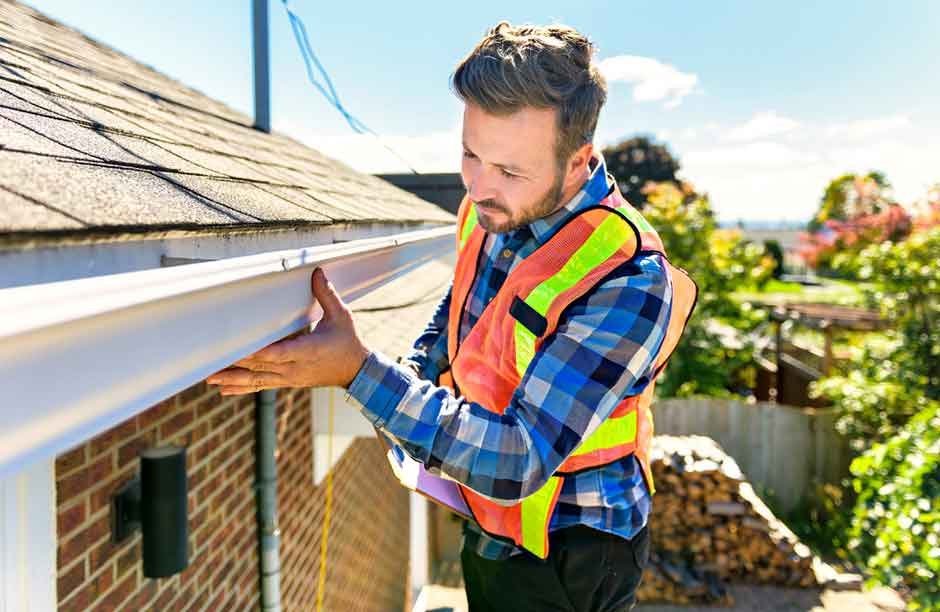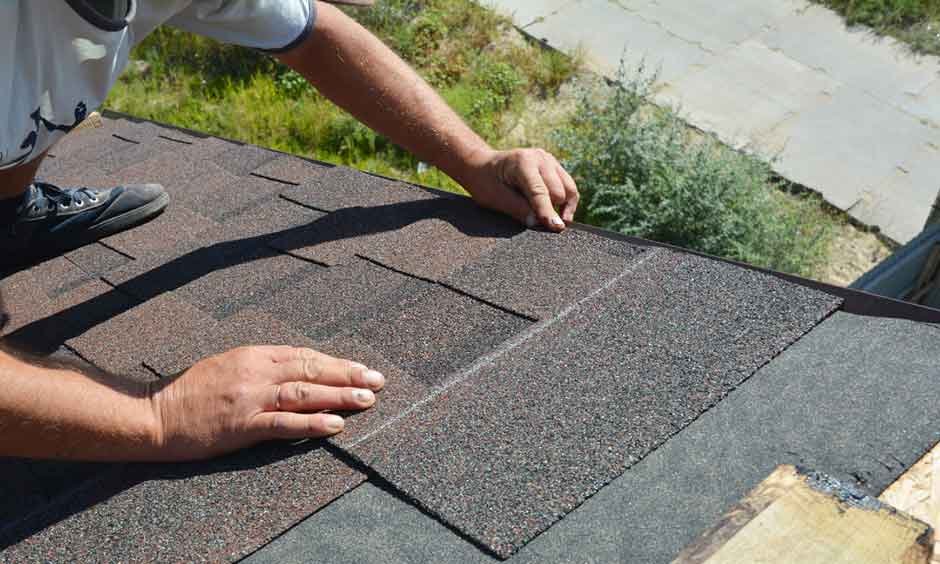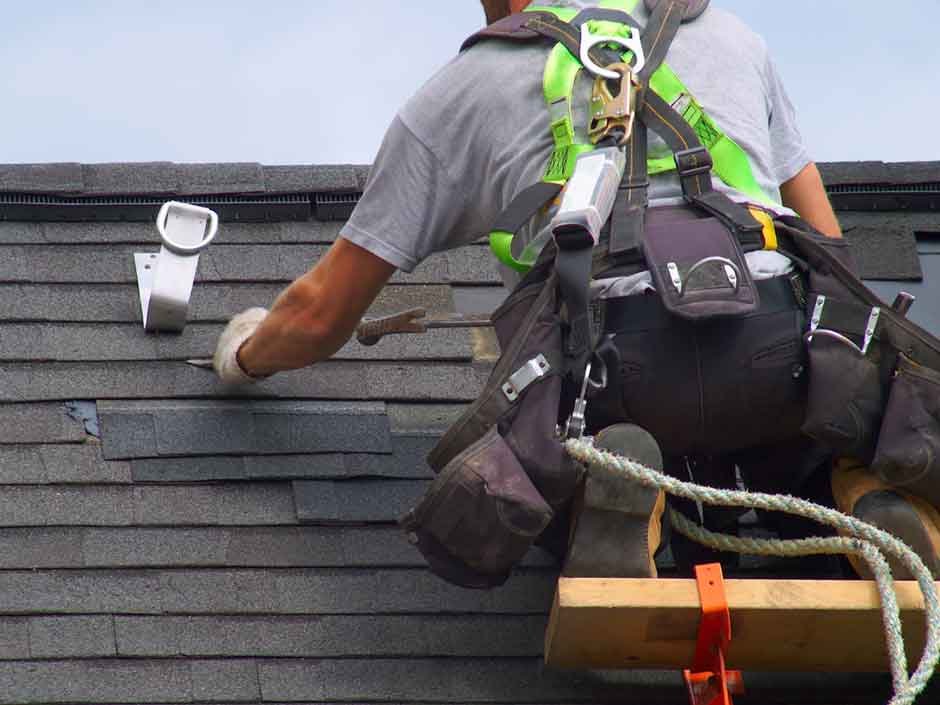A roof is one of the most critical components of a home’s structure. It shields against weather, insulates from heat and cold, and adds value to your property. Yet, many homeowners only think about their roofs when visible damage appears. By then, minor issues have often turned into expensive roof repairs. Regular maintenance prevents these costly surprises and extends your roof’s lifespan, whether you live in the United States or Canada.
This guide provides practical, fact-based strategies homeowners can use to maintain their roofs year-round.
1. Schedule Regular Roof Inspections
Routine inspections are the foundation of roof maintenance. According to the National Roofing Contractors Association (NRCA), homeowners should inspect their roofs at least twice a year, once in the spring and once in the fall. These inspections catch small problems before they grow into major issues.
What to Look For:
- Missing or curled shingles
- Cracked flashing around chimneys or vents
- Soft spots that indicate moisture beneath the surface
- Clogged or sagging gutters
- Moss or algae growth
Professional Inspections:
While homeowners can spot visible damage, a professional roofer can detect underlying issues such as water infiltration, poor ventilation, or deteriorating underlayment. Hiring experts for roof repair services after inspections ensures problems are handled safely and effectively.

Regional Consideration:
In northern U.S. states and most parts of Canada, freeze-thaw cycles can worsen minor cracks. In warmer southern regions, UV damage and heat expansion are greater risks. Regular inspections tailored to your local climate help prevent both.
2. Keep Gutters Clean and Functioning
Gutters play a crucial role in roof protection. They divert water away from the structure, preventing leaks, rot, and foundation problems. When gutters become clogged with leaves or debris, water backs up, seeping beneath shingles and into walls.
Maintenance Tips:
- Clean gutters at least twice per year, more frequently in heavily wooded areas.
- Install gutter guards to reduce the buildup of leaves and twigs.
- Ensure downspouts extend at least three feet from the foundation.
- Check for rust, holes, or loose sections that impede water flow.
Impact on Roof Longevity:
Clogged gutters cause moisture buildup that can lead to ice dams in winter. Ice dams trap melted snow, forcing water under shingles and damaging insulation. Preventing this not only protects the roof but also enhances energy efficiency and prevents interior mould growth.
3. Address Roof Leaks Immediately
A small leak may seem harmless, but even minor moisture intrusion can cause extensive structural and interior damage over time. Once water enters a roof system, it can deteriorate wooden decking, insulation, and drywall.
How to Identify Leaks:
- Water stains on ceilings or walls
- Dripping sounds during heavy rain
- Mold or musty odours in the attic
- Damp insulation
Immediate Action Steps:
- Identify the source of the leak. This often starts near chimneys, skylights, or flashing seams.
- Use roofing cement or sealant as a temporary fix if the leak is small.
- Schedule a professional evaluation immediately for lasting repairs.
Financial Impact:
The Insurance Information Institute reports that water damage accounts for nearly 25% of all home insurance claims in North America. Addressing leaks early costs far less than repairing widespread interior and structural damage.
4. Manage Roof Debris and Vegetation
Organic debris such as leaves, branches, and moss can shorten a roof’s lifespan. Moisture trapped beneath debris accelerates shingle deterioration and encourages mold and rot.
Best Practices for Debris Management:
- Use a roof rake or soft-bristle broom to remove leaves and branches. Avoid metal tools that can damage shingles.
- Trim overhanging tree branches to prevent debris buildup and reduce shade that promotes moss growth.
- Consider applying zinc or copper strips near the ridge line. Rainwater running over these metals releases ions that prevent moss and algae.
Vegetation and Structural Damage:
Roots from moss and lichen can lift shingles, allowing water to penetrate. In snowy regions of Canada or northern U.S. states, debris also adds weight that contributes to structural stress during winter. Regular cleaning protects both aesthetics and performance.
5. Ensure Proper Ventilation and Insulation
Poor ventilation and insulation can cut a roof’s lifespan in half. A balanced attic environment prevents heat and moisture buildup, reducing strain on roofing materials.
How Ventilation Works:
- Intake vents near the eaves bring cool air into the attic.
- Exhaust vents at the ridge expel warm, moist air.
If the attic overheats, shingles can crack or curl. In cold climates, poor ventilation allows warm air to melt snow unevenly, creating ice dams. Proper insulation maintains consistent indoor temperatures and lowers energy costs.
Tip: Have a professional check attic airflow annually. A simple ventilation upgrade can extend roof life by years.
6. Maintain Flashing and Sealants
Flashing, thin metal sheets installed around roof joints, protects against leaks where surfaces meet, such as around chimneys or skylights. Sealants applied to flashing and vents naturally deteriorate over time due to exposure.
Maintenance Steps:
- Inspect flashing during every roof inspection.
- Replace corroded or lifted flashing immediately.
- Reseal joints every few years using high-grade roofing sealant.
Why It Matters:
Flashing issues are one of the leading causes of roof leaks. Regular maintenance ensures these small but vital components continue to safeguard against water intrusion.
7. Schedule Professional Maintenance

Even proactive homeowners benefit from periodic professional maintenance. Certified roofers have the training and tools to detect subtle damage invisible from the ground.
What Professionals Do:
- Conduct infrared moisture scans to detect hidden leaks
- Clean and reseal roof penetrations
- Inspect underlayment condition and fastener security
- Provide detailed reports with photos and recommendations
Most experts recommend a professional inspection at least once a year, even if your roof appears to be in good shape. This small annual investment prevents significant repair costs later.
Proactive roof maintenance protects one of your home’s most valuable assets. By conducting regular inspections, cleaning gutters, managing debris, and ensuring proper ventilation, you can prevent costly damage and extend your roof’s lifespan. Early action, combined with professional oversight, ensures long-term durability and peace of mind for homeowners in both the United States and Canada.
A maintained roof not only safeguards your home but also contributes to energy efficiency and higher property value. Treat roof care as a routine priority, not a reaction to damage, and it will serve you well for decades.






